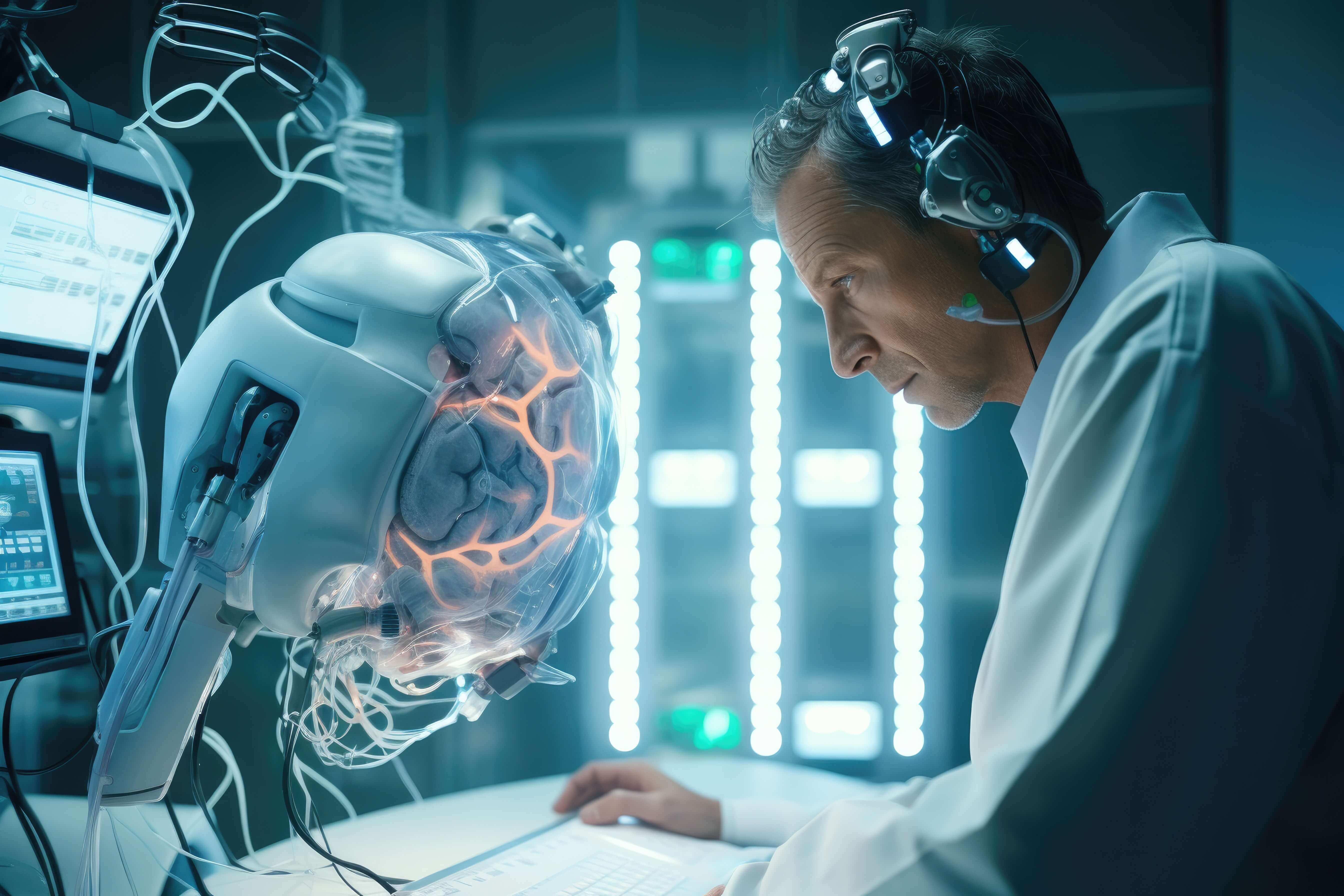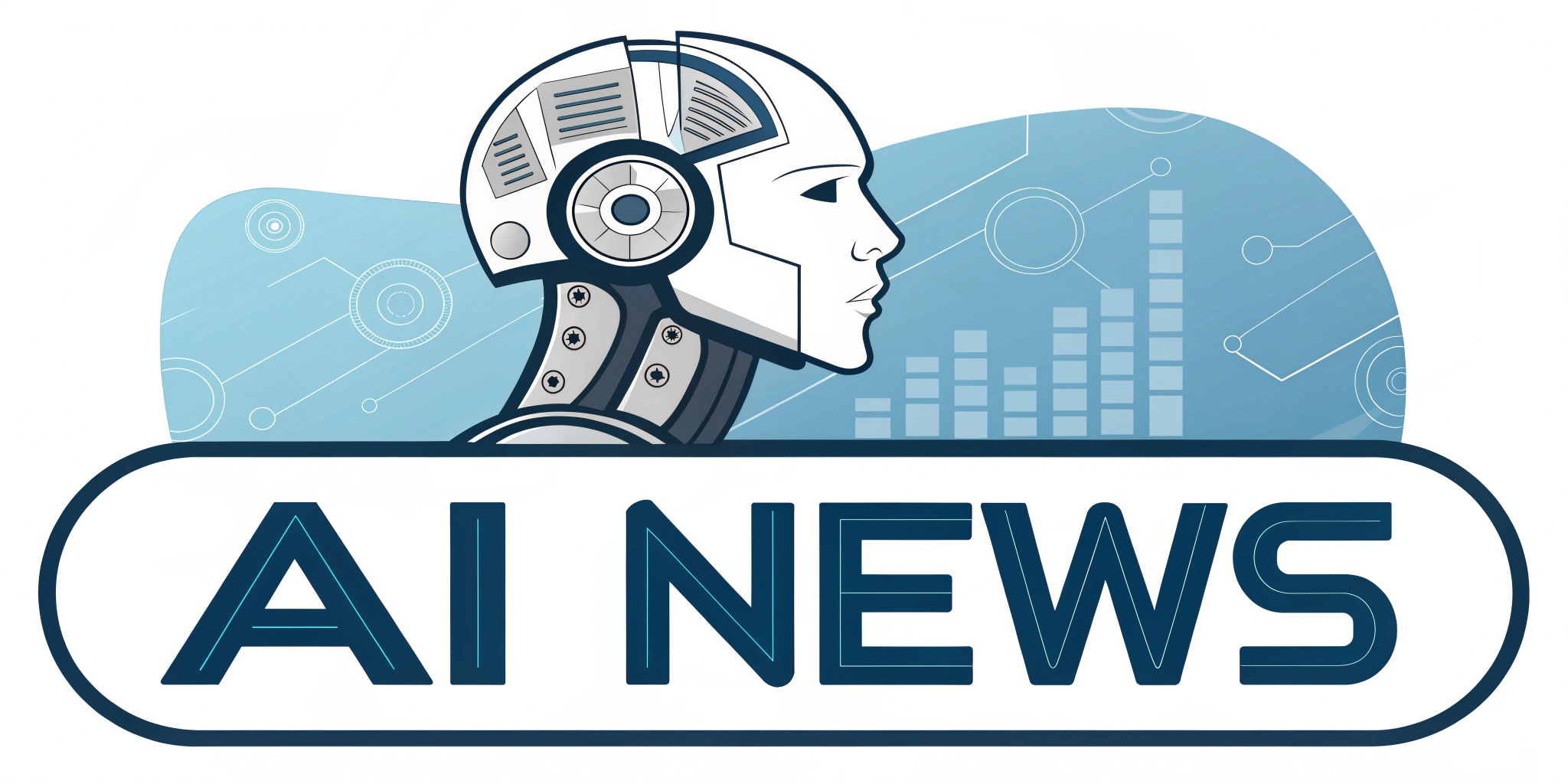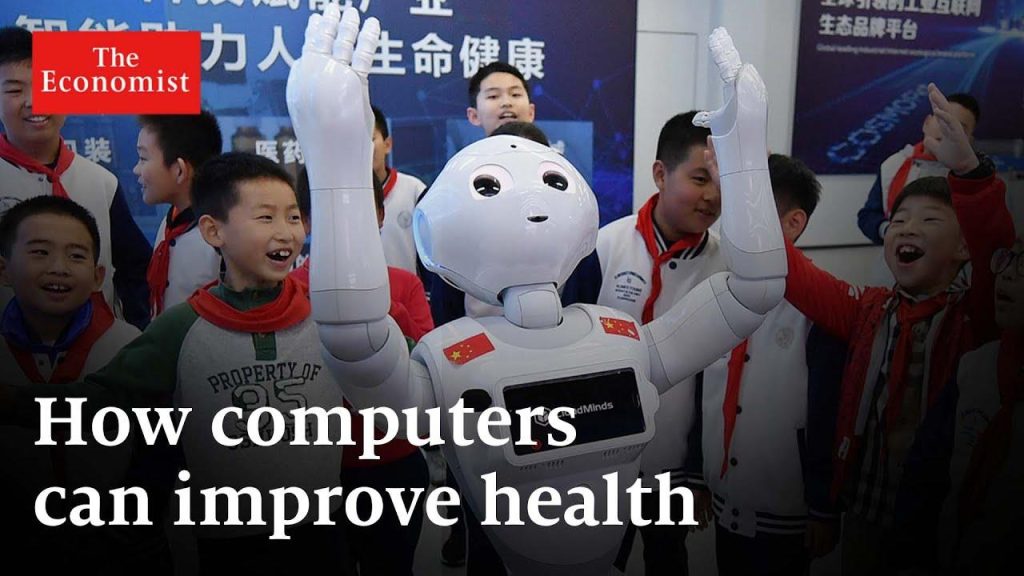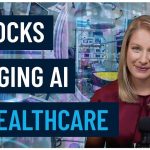As the global healthcare system grapples with an escalating shortage of medical professionals, the prospect of artificial intelligence (AI) emerging as a transformative solution is gaining traction among experts. The healthcare landscape is witnessing a troubling trend: a rising number of patients coupled with an insufficient number of doctors to provide timely treatment. Elaine Manor, a 75-year-old patient who has faced the devastating effects of age-related macular degeneration, exemplifies the urgent need for innovative solutions. After successfully receiving treatment, she expressed gratitude but also highlighted the terrifying reality faced by many who are not as fortunate. With nearly 10 million eye-related appointments occurring each year in the NHS alone, delays in care can have life-altering consequences, as seen in the heartbreaking case of a mother who lost her sight waiting for treatment.However, Dr. Keen and his team are pioneering an AI system capable of diagnosing over 50 types of eye diseases with remarkable speed and accuracy, revolutionizing the way healthcare addresses these challenges. The potential of AI to manage vast amounts of patient data could pave the way for improved diagnoses across various medical fields, offering hope in a time when the system is under notable strain. Despite its promise, the integration of AI into healthcare does not come without concerns, as the balance between human expertise and technological advancement remains a critical conversation in the evolution of modern medicine.
The Growing Healthcare Crisis: A Shortage of Doctors and Increasing Patients
The healthcare sector is facing an unprecedented situation where the imbalance between patient demand and available medical professionals is increasingly dire.The current landscape reveals alarming statistics,including an anticipated shortage of over 120,000 physicians in the U.S. by 2030, significantly straining an already overstretched system. Contributing factors include an aging population and rising rates of chronic diseases, which lead to an influx of patients requiring care. This urgent need forces healthcare providers to adopt innovative strategies that leverage technology to bridge this gap. Key elements driving this conversion include:
- Enhanced telehealth capabilities that ensure patients receive timely consultations.
- AI-driven algorithms that triage patient needs more effectively, reducing the burden on human resources.
- Predictive analytics that help healthcare systems allocate resources optimally, anticipating peaks in patient visits.
As the system evolves, integrating AI not only holds the potential to alleviate some of the pressures but also to redefine patient-provider interactions. Automation in administrative tasks can free up valuable time for professionals to concentrate on critical care aspects,ultimately enriching patient experiences. Tools that assist in the interpretation of medical data or support diagnostic decisions are becoming increasingly prevalent, further amplifying the capacity of existing doctors. The emphasis on AI is shifting the paradigm of care,illustrating how technology can assist in overcoming the challenges posed by workforce shortages.
Revolutionizing Diagnosis and Treatment: The Role of Artificial Intelligence in Medicine
Recent advancements in artificial intelligence are not only reshaping diagnostic processes but also enhancing treatment methodologies across diverse medical fields. AI systems can analyze extensive datasets swiftly, identifying patterns that might elude even the most experienced clinicians. By integrating AI into diagnostic frameworks, such as imaging analysis and genetic testing, healthcare professionals can achieve higher accuracy in disease detection and better tailor treatment plans to individual patient needs. As a notable example, AI algorithms are now being employed to evaluate radiological images, flagging anomalies that warrant further investigation, which expedites the identification of conditions like cancer at crucial early stages.
Moreover, the role of machine learning in developing personalized medicine is gaining momentum. AI can assist in predicting how patients will respond to specific treatments, thereby enabling more effective therapeutic strategies. This individualized approach minimizes the trial-and-error nature of traditional therapies, ultimately improving patient outcomes while also streamlining the processes within healthcare facilities. By harnessing predictive modeling,healthcare systems can maintain a proactive stance,addressing potential treatment complications before they arise. This evolution in both diagnosis and treatment signifies a transformative shift towards a more efficient and patient-centric healthcare model.
The Success Story of AI in Eye Care: Transformations and Patient Outcomes
The integration of artificial intelligence in ophthalmology has led to unprecedented advancements in patient care and outcomes. AI technologies now empower healthcare providers to perform eye examinations with enhanced precision, diagnosing conditions at an earlier stage than traditional methods allow. Such as, AI algorithms can evaluate retinal images with exceptional accuracy, identifying signs of conditions such as diabetic retinopathy and glaucoma, often before patients exhibit noticeable symptoms. This capability not only aids in the early detection of diseases but also facilitates targeted treatments that can significantly improve patient prognosis. As the technology develops, we are witnessing a shift towards more proactive eye care strategies that prioritize early intervention.
Furthermore, AI-driven solutions are streamlining patient management, enhancing the overall experience from diagnosis to treatment. Enhanced data analytics foster personalized care plans, allowing ophthalmologists to tailor interventions based on historical data and individual patient profiles. By automating routine tasks and monitoring patient progress through smart devices, healthcare providers can allocate more time to direct patient interactions, significantly increasing satisfaction and engagement. The incorporation of AI in this sector exemplifies how technological advancements can refine the entire healthcare process, leading to improved results and higher quality of life for patients dealing with vision-related issues.
Addressing Concerns: Balancing AI Innovations with Ethical Considerations in Healthcare
As healthcare increasingly integrates artificial intelligence, it is indeed crucial to acknowledge the ethical implications that arise from this technological advancement. Transparency in AI algorithms is essential to ensure that users fully understand how decisions are made, particularly in life-altering scenarios.Moreover, the potential for AI systems to inherit bias from historical data raises significant concerns, necessitating a vigilant approach to algorithmic fairness and depiction. Health institutions must establish comprehensive guidelines that prioritize equity and accountability in AI deployments while fostering a culture of continuous learning among staff to adapt to evolving ethical standards. This means not only assessing the accuracy of AI outputs but also scrutinizing the underlying data sets for any discrepancies that could lead to unequal treatment across diverse patient populations.
Furthermore, the implementation of AI technologies in healthcare settings must focus on the paramount importance of patient privacy and data security. Breaches in confidentiality can severely undermine trust between patients and healthcare providers. To mitigate these risks,robust systems must be built that ensure compliance with relevant regulations,alongside proactive measures for data protection. Engaging stakeholders—patients, healthcare professionals, and technologists—in conversations around ethical AI use is essential. This collaborative approach can lead to the formulation of standards that not only drive innovation but also safeguard human dignity and the sanctity of patient care, facilitating a future where AI enhances rather than threatens the core values of healthcare.























